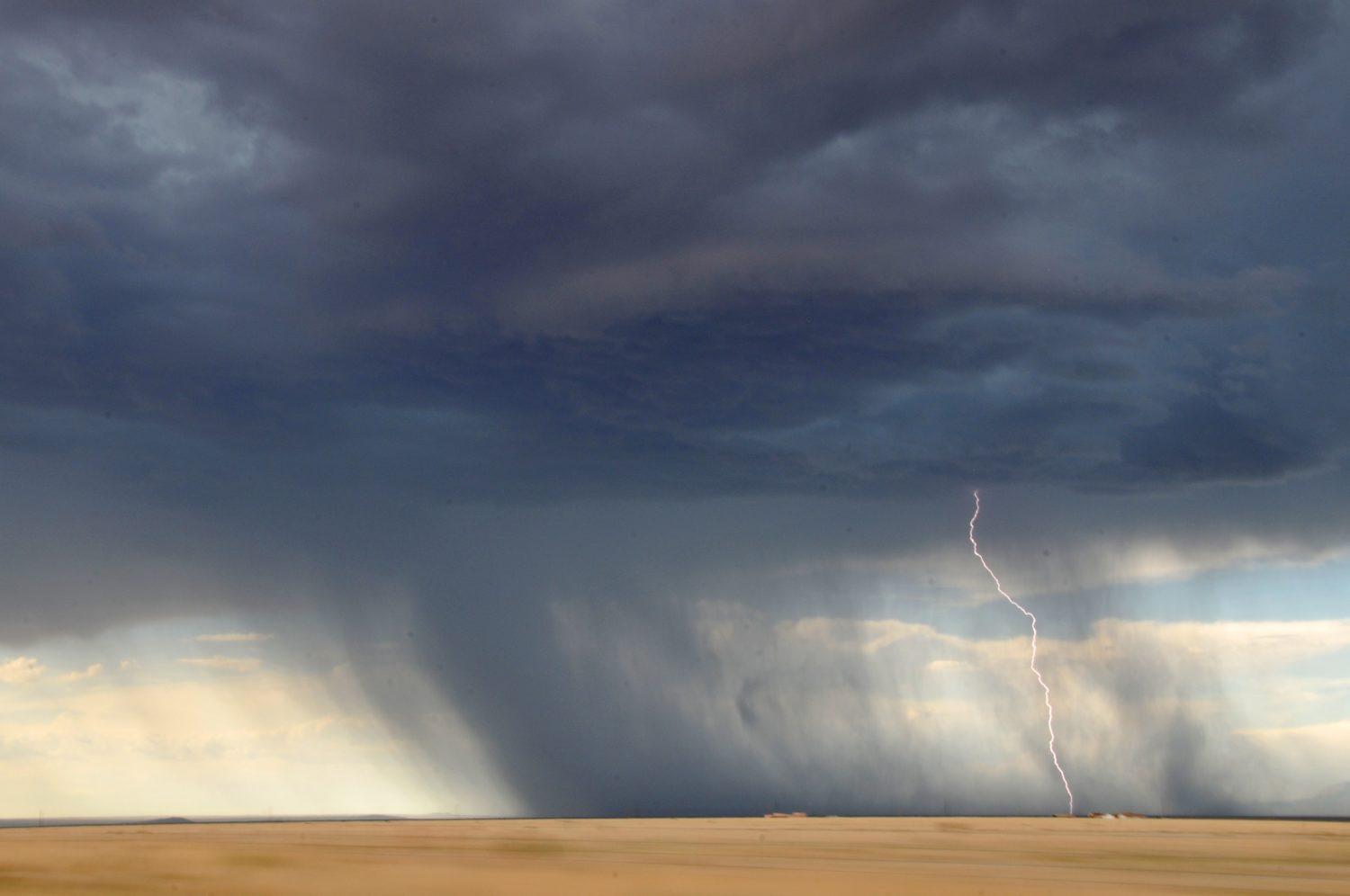As we say goodbye to winter and hello to spring we’re also moving towards a different set of weather concerns. Of course there will be peaceful spring showers but with warm air entering the atmosphere there is an increased risk for tornadoes and other severe storms. It’s important to know what to do before and during a storm. Below are simple tips you can follow to keep your family safe during severe thunderstorms and tornadoes.
What You Can do Before Severe Weather Strikes
1. Develop a disaster plan for you and your family at home, work, school, and when outdoors.
The American Red Cross offers planning tips and information on a putting together a disaster supplies kit.
2. Identify a safe place to take shelter.
3. Keep a highway map nearby to follow storm movement from weather bulletins.
4. Have a weather radio with a warning alarm and battery back-up to receive warning bulletins.
National Weather Service (NWS) watches and warnings are also available online.
5. Check the weather forecast before leaving for extended periods outdoors. Watch for signs of approaching storms.
Approximately 76 tornadoes touch down annually during March, based on the average for the 20-year period of 1996 through 2015. Knowing what to do when a tornado is in your area can mean the difference between life and death.
Tornado Safety Tips:
1. Seek shelter in a sturdy building, or a pre-designated shelter. Go to the lowest level of the building, and get under a heavy desk or workbench or sit next to the wall and cover your head with your arms/hands.
If an underground shelter is not available, move to an interior room/hallway – put as many walls between you and the outside of the building as possible. Stay away from windows.
2. Get out of your vehicle as they can easily be tossed around. Do NOT try to outrun a tornado.
3. If caught outside – lie flat on the ground and cover your head with your hands.
4. In tornado situations debris likes to settle in roadside ditches or other low spots. If heavy rains are falling in the area, ditches and low spots may quickly flood. Therefore, lying in a ditch may not be your best choice.
5. Be aware of flying debris – most deaths and injuries are caused by flying debris.
6. Do not seek shelter under a highway overpass. Wind blows stronger under the overpass due to the wind-tunnel effect.
7. Don’t waste time opening windows and doors to equalize air pressure differences.
Remember – the tornado can occur before there is a visible funnel cloud. You may not be able to see the tornado until enough debris and dirt gets swept into the vortex, and/or the visible funnel cloud develops all the way to the ground.
Thunderstorms may not seem as intimidating as a tornado but they can wreak just as much havoc.
Severe Thunderstorm Straight-line Winds:
Don’t underestimate the power of strong thunderstorm winds known as straight-line winds – they can reach speeds of 100 to 150 mph. If a severe thunderstorm warning contains hurricane-force wind speeds seek shelter immediately, as you would for a tornado situation.
Lightning Safety Tips:
1. Postpone outdoor activities if thunderstorms are imminent. Lightning can travel 5-10 miles away from the thunderstorm and strike the ground with blue sky overhead.
2. Move to a sturdy shelter or vehicle. Do not take shelter under isolated trees, or in a convertible-top vehicle. Stay away from tall objects such as trees or towers or poles.
3. Remember that utility lines or pipes can carry the electrical current underground or through a building.
4. Follow the 30/30 rule – if the time between lighting and thunder is 30 seconds or less, go to a safe shelter. Stay there until 30 minutes after the last rumble of thunder.

